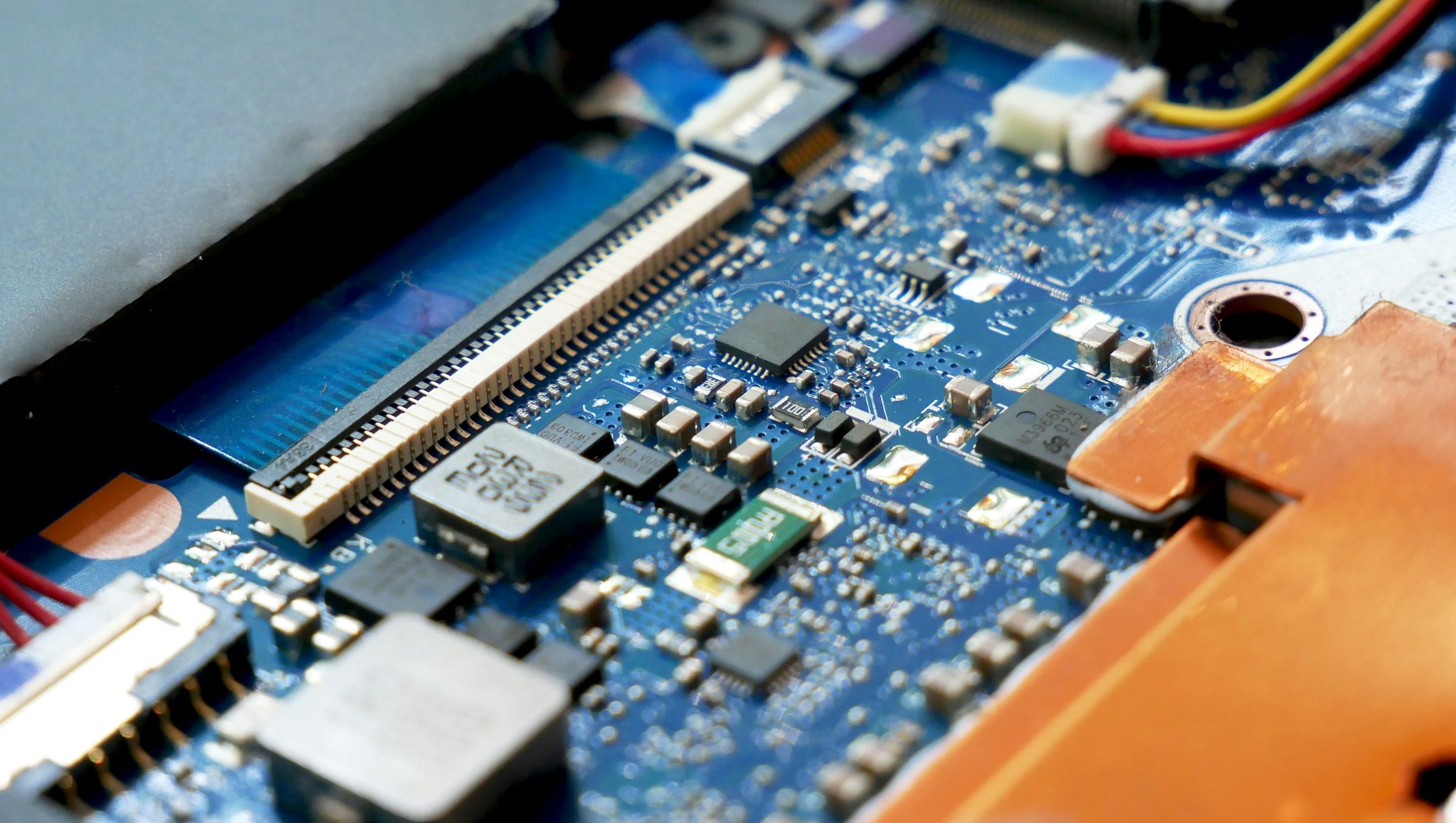In today’s rapidly evolving technological landscape, robotic process automation (RPA) stands out as a transformative tool in government operations. RPA is already making an impact in government and is changing how agencies operate day-to-day, leading to enhanced efficiencies, cost savings and more.

Let’s take a look at the benefits of the technology and best practices for agencies to leverage when deploying RPA.
Efficiency and Cost Savings
A primary benefit of RPA is its ability to streamline operations by automating repetitive tasks to create substantial time savings. Furthermore, as employee bandwidth is freed up by RPA, employees can focus on initiatives that require closer attention. This shift allows employees to engage in more meaningful work that requires critical thinking and problem-solving skills, which can contribute to higher motivation and reduced risk of burnout.
Enhanced Accuracy
Human error is unavoidable, making RPA an important tool to mitigate these risks. RPA can execute repetitive tasks with consistent precision, which not only speeds up processing times, but also reduces the likelihood of data entry or documentation errors. Accuracy is critical in situations where teams are handling large volumes of data, making RPA an optimal tool to support human efforts.
Scalability
RPA can also scale with projects, with some software robots capable of being deployed across multiple processes and scaled up or down in alignment with demand. Agencies can deploy large-scale RPA programs that are designed to scale with an organization’s other modernization efforts. This scalability not only ensures that the benefits of RPA are continuously realized, but also helps agencies further gain cost and time savings.
Government Applications of RPA
RPA has been adopted across numerous agencies, offering a variety of use cases including acquisition and contracting, administrative, financial, citizen services and cybersecurity. Notable deployments of RPA technology in government include:
- General Services Administration (GSA): While GSA was one of the first agencies to experiment with RPA back in 2018, the organization has continued to invest in RPA technology, expanding RPA initiatives to automate more and more acquisition-related tasks.
- GSA also established The Federal Robotic Process Automation Community of Practice, aimed at helping federal agencies overcome the technical, management and operational challenges of designing an effective RPA program.
- Department of Veterans Affairs (VA): The VA is using RPA to verify and identify insurance information, significantly expediting the delivery of care.
- Social Security Administration (SSA): SSA has leveraged RPA to capture improper payments and automate a remittance system, improving efficiency and accuracy.
- NASA: NASA is using the technology to deploy bots that monitor budget and accounting for messages related to capital fund advancements.
Best Practices for RPA Deployment
While the benefits of RPA are clear, successful deployment requires careful planning and execution. Here are some best practices to ensure smooth implementation:
- Identify suitable processes: Not all tasks are suitable for automation. Focus on processes that are repetitive, rule-based, and high-volume.
- Engage stakeholders: Involve key stakeholders from the outset to ensure buy-in and address any concerns about job displacement or changes in workflow.
- Start small: Begin with a pilot project to test the technology and demonstrate its value before scaling up.
- Ensure robust change management: Provide adequate training and support to employees to help them adapt to new ways of working.
- Monitor and optimize: Continuously monitor the performance of RPA and make necessary adjustments to optimize efficiency and effectiveness.
Robotic Process Automation has had significant impact on how government agencies operate, offering significant benefits in terms of efficiency, cost savings, accuracy, scalability, and employee satisfaction. By embracing the aforementioned best practices, government agencies can continue to realize RPA’s full potential, driving greater innovation and service delivery as a core component of comprehensive modernization strategies.
Michael Shrader is Vice President of Intelligence and Innovative Solutions (IIS) at Carahsoft. In his role, he oversees a team of 300+ employees that supports over 250 technology vendors, driving over $2B in annual bookings. Michael’s teams help vendors penetrate the government market by supporting sales, marketing and go-to-market strategy. This support extends into educating technology vendors on how best to work with government, while also helping government understand how they can benefit from embracing new and innovative solutions.
Michael has received numerous distinctions for his work including the CRN Channel Chiefs Award and the FCW Rising Star Award.





Leave a Reply
You must be logged in to post a comment.